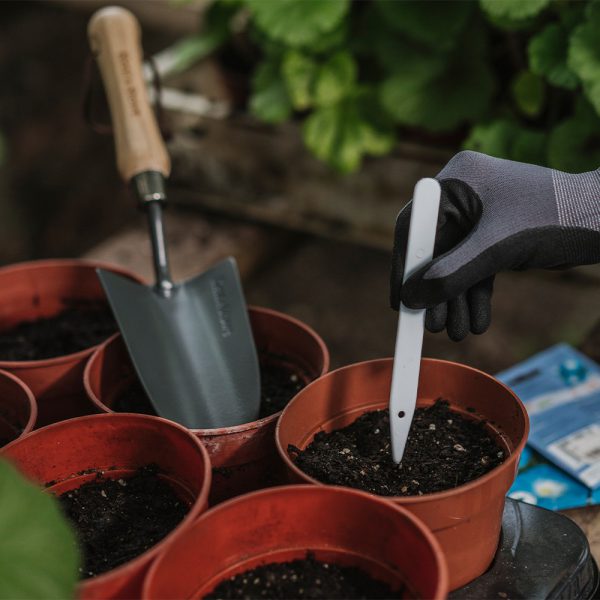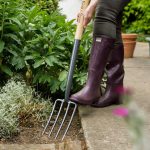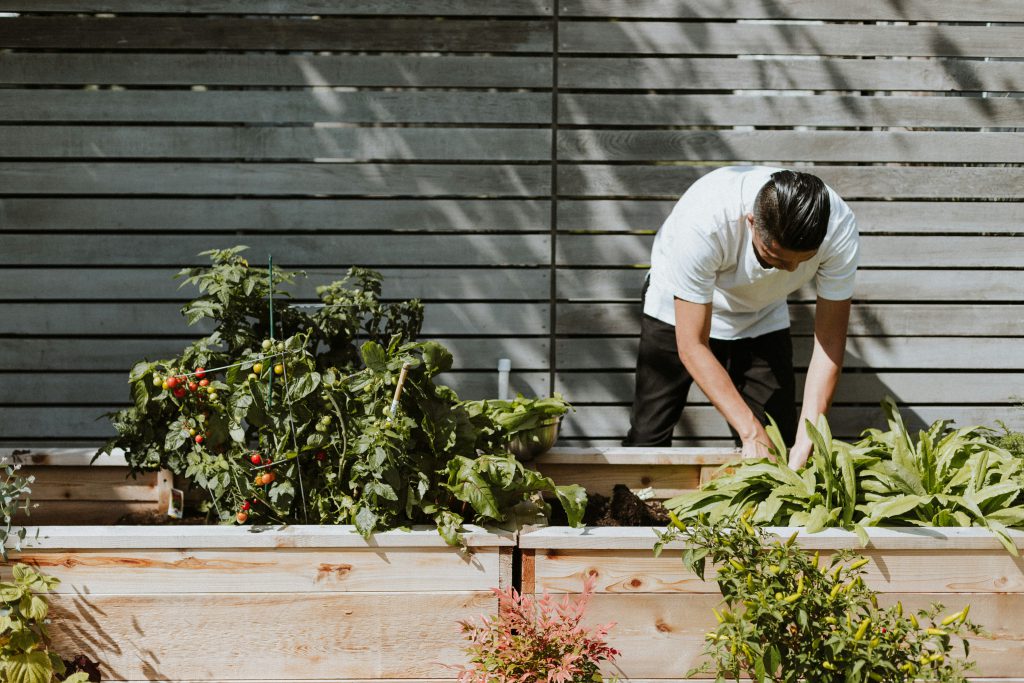
Photo: Priscilla Du Preez
Eleanor Clarke
Quick jobs to do in April
This is such an exciting time of year for gardeners, when it’s a thrill and a pleasure to get out in the spring sunshine, breathe in that fresh air and be inspired by what’s to come. Here are a few bits to be getting on with, some with instant results, others that are best thought of as pockets of promise for the summer months:
Plant summer-flowering bulbs
Now that the soil’s warmed up, you can get in some gorgeous summer bulbs – maybe richly scented lilies, dramatic blue agapanthus, gladioli the colours of a tropical sunset, or weirdly wonderful pineapple lilies. Pop them into pots of multipurpose compost (it’s generally best to bury them at three times the depth of the bulb), or into sunny borders, adding sharp sand or grit for drainage, then you can pretty much sit back and wait…
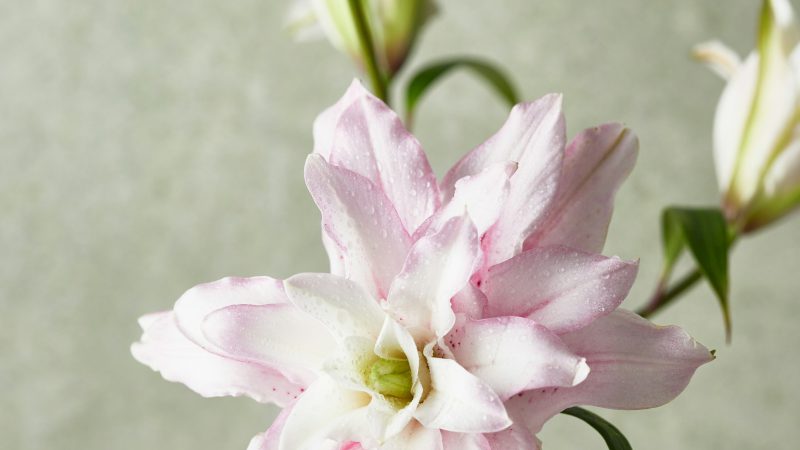
Photo: Olivie Strauss
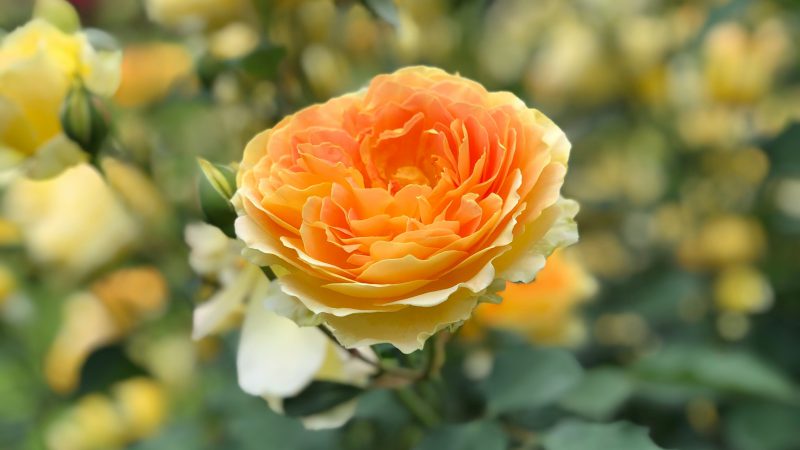
Photo: Amy Syiek
Tie in roses
Climbing and rambling roses put on some serious growth in spring, which can get super-tangly pretty quickly. This is where it’s worth putting in half an hour’s work now, tackling these shoots while they’re young and flexible makes life so much easier later on. Tie them in loosely with twine, aiming for even coverage and horizontal growth.
Give plants some support
Two of the most obvious candidates for support are peas and beans in the veg garden. But there are plenty of perennials that benefit too – top-heavy peonies and dahlias for example, as well as tall delphiniums and lupins. Canes and sticks are so much easier to put in when growth is just beginning, and it’s surprising how quickly they’re covered by greenery. You’ll need 2.4m bamboo canes for runner beans, set out in a sturdy wigwam or A-frame, while you can get away with 1.8m canes for French beans. Lupins and delphiniums can rely on something a little smaller. If you’re growing peas, you’ll need a lower framework of twiggy branches (aka pea sticks) about 1m high. It’s best to support flowering plants like dahlias, phlox and peonies, which bush out and can flop, with metal hoops or cages – again, put them in now and your plants will grow up and through them in no time, and they’ll soon be hidden.
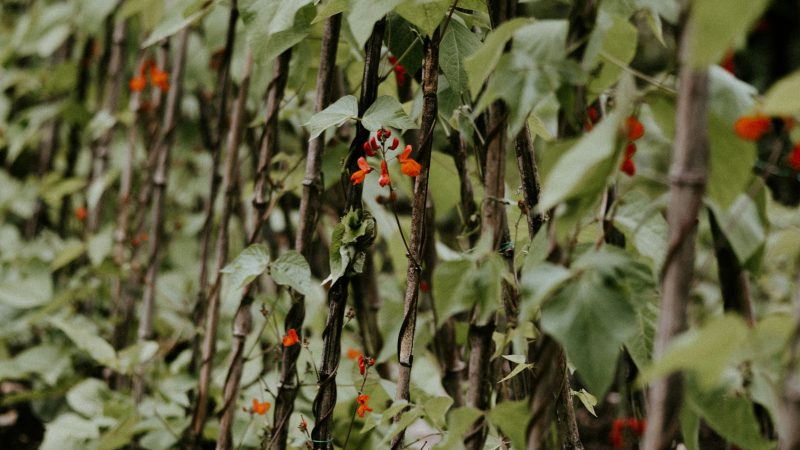
Photo: Annie Spratt
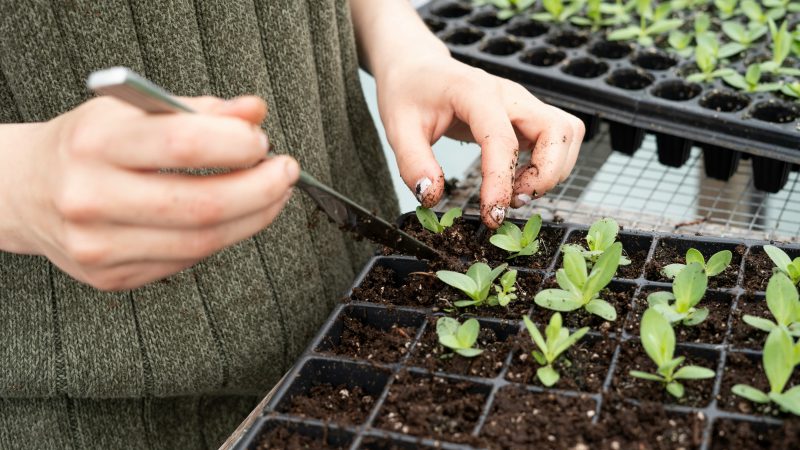
Photo: Zoe Schaeffer
Buy minis
If you don’t have the space or patience to grow from seed – and some varieties are trickier than others to grow this way – there’s no shame in buying mini plug plants. We’ve got so much to choose from now, from mini veg and salad plugs to colour for hanging baskets and window boxes. Remember to acclimatise them to the outdoors gradually, and plant them out when you’re sure there’s no risk of frost.
Sow lettuce seeds
Even if we’ve missed the sowing times for other veg, we always grow some lettuce from seeds – because they’re easy, you can squeeze them in anywhere, and they’re so much tastier fresh from the garden than from those plastic supermarket bags. Join us this year and you’ll see… From a pack or two of seeds you can keep sowing, little and often, from April, and have lettuces to harvest until mid autumn, or even later if you protect them over winter. You don’t even need outdoor space as such, as they’ll grow in window boxes, pots or hanging baskets too. They’re forgiving plants too: if you can’t wait until lettuce are fully grown, you can harvest the baby leaves and the plant will grow more. So much to love!
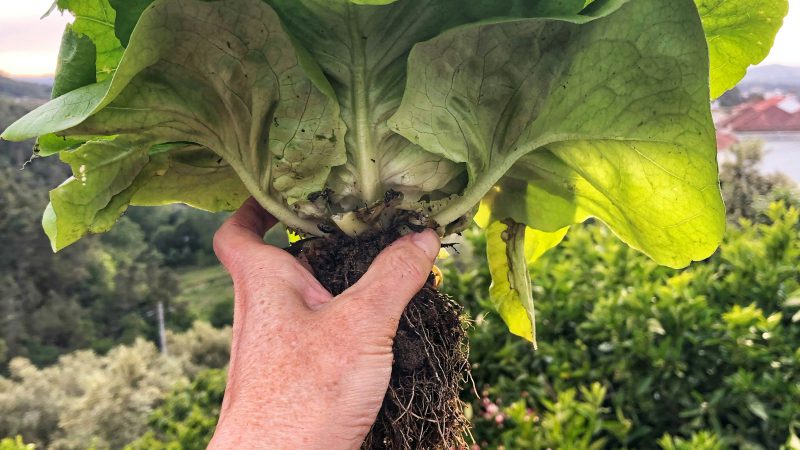
Photo: Sweetyoga Justin
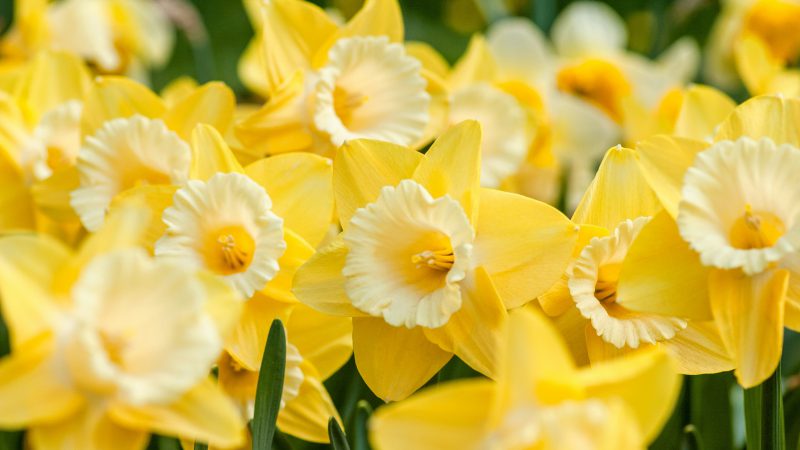
Photo: Yoksel Zok
Deadhead your spring bulbs
There’s more than aesthetics behind deadheading daffodil and tulip flowers. Of course, they look better if you snap off the dying, papery flowerheads, but the important thing is that the plant then diverts its energy back into the bulb for better flowers next spring, rather than concentrating on making seeds from those old flowerheads. Makes sense, and it’s an easy
Pot up seedlings
If you’ve been growing vegetables or flowers from seed in seed trays, by mid April some will be big enough to move into their own pots. You’ll know they’re ready when you see a set up ‘true’ leaves above the seed leaves. Ease them out gently, one by one (use a dibber or a pencil), holding them by a leaf, and give each one its own small pot of multipurpose compost. Don’t forget to water and label.
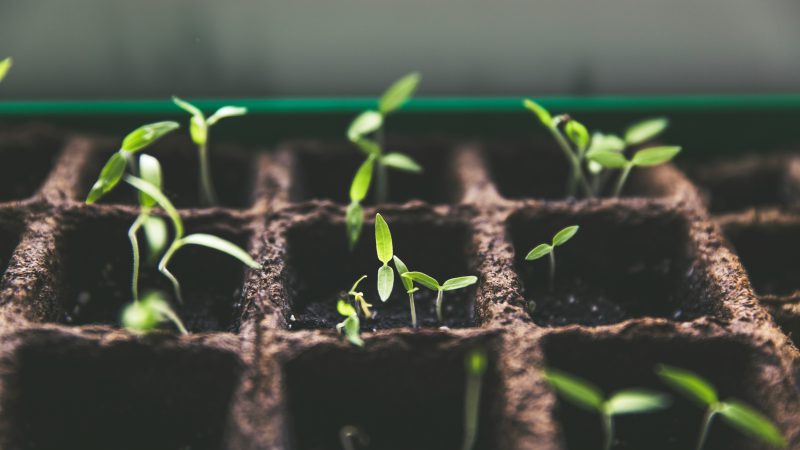
Photo: Markus Spiske
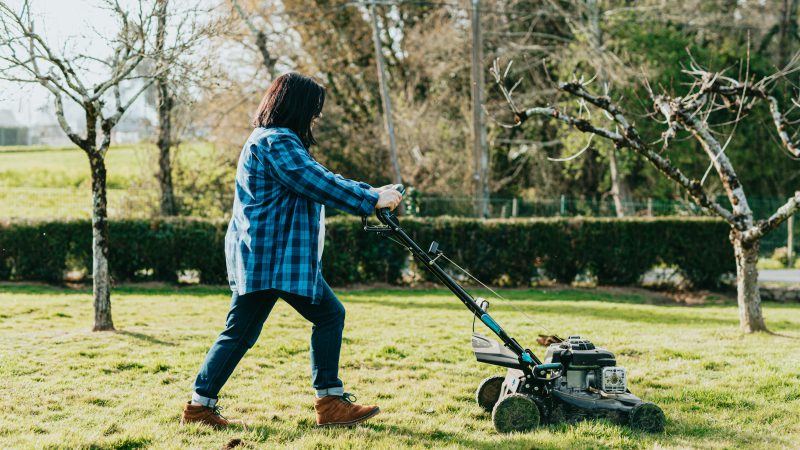
Photo: Ave Calvar
Mow the lawn
It’s totally the thing to leave your lawn to grow tall and wild and full of flowers (and insect-life), for which we’re absolutely on board. But we’re also happy if you want an old-fashioned patch of soft, green turf to lie on in the summer. it’s your lawn: you do it your way. The only thing we’ll judge you on is fake turf. Just Don’t Go There.
So, if you want to mow, start mowing now that spring is here, and do it every week (less in very hot weather). This will make your grass thick, soft and lush – perfect for lounging on when the sun arrives.
Prune spring-flowering clematis
A light spring prune, straight after flowering, is a good plan for clematis such as alpina, armandii and cirrhosa. As is often the case with pruning, it’s about keeping your plants within their allotted space and encouraging more flowers for next year, so keep it light and remove dead or damaged stems entirely.

Photo: Ed G



